Saffron, often referred to as the “red gold,” holds a prestigious position in Persian culinary traditions, contributing not only vibrant color but also an exquisite flavor and fragrance to a wide array of dishes. Its importance in Persian cuisine is deeply rooted in history, culture, and the meticulous artistry that defines Iranian gastronomy. This essay explores the multifaceted significance of saffron in Persian culinary practices, shedding light on its cultural, historical, and gastronomic importance.
Saffron has long been woven into the fabric of Persian culture, symbolizing luxury, opulence, and hospitality. Its presence in traditional Persian dishes elevates them to a level of sophistication that reflects the rich heritage of the region. From royal feasts to everyday family gatherings, saffron-laced dishes are a testament to the cultural pride Iranians take in their culinary creations. The spice’s cultural importance is further accentuated by its role in various rituals and celebrations, where it becomes a symbol of prosperity and joy.
The historical roots of saffron in Persian cuisine can be traced back to ancient times. Iran has been a primary producer of saffron for centuries, and the spice’s cultivation and trade have played a pivotal role in shaping the region’s economic and cultural history. The ancient Persians recognized the value of saffron not only for its culinary applications but also for its medicinal properties. Today, the continuation of saffron cultivation in Iran preserves a legacy that spans millennia, reinforcing its historical importance.
Saffron’s culinary importance in Persian cuisine lies in its ability to transform ordinary dishes into extraordinary culinary experiences. The spice imparts a distinct earthy, floral, and slightly bitter flavor, creating a symphony of taste that tantalizes the palate. From the iconic saffron-infused rice dish, “Zereshk Polo Ba Morgh,” to the delectable saffron-infused stews such as “Khoresht-e Gheimeh,” saffron elevates Persian recipes to unparalleled heights. The spice’s versatility extends to desserts, where it adds an aromatic touch to sweets like “Sholeh Zard” and “Baklava.”
Beyond its culinary allure, saffron boasts various health benefits, contributing to its prominence in Persian cuisine. Recognized for its antioxidant properties, saffron is believed to have anti-inflammatory and mood-enhancing effects. In traditional Persian medicine, saffron has been used to address various health concerns, adding an extra layer of significance to its inclusion in culinary practices.
In conclusion, saffron stands as the crown jewel of Persian cuisine, weaving together cultural pride, historical significance, and gastronomic excellence. Its golden threads not only add color and flavor to dishes but also connect generations, bridging the past and present through a shared appreciation for the artistry of Iranian cooking. As saffron continues to grace Persian tables, it remains an enduring symbol of the richness and sophistication embedded in the culinary tapestry of Iran.
Saffron Splendor: A Culinary Jewel in Persian Cuisine
Saffron, the vibrant and aromatic spice derived from the Crocus sativus flower, holds an esteemed position in Persian cuisine, contributing not only to the visual appeal of dishes but also enriching them with a unique flavor profile. Known as the “red gold,” saffron plays a pivotal role in elevating Persian culinary creations, making its mark on both everyday meals and special occasions. This article delves into the splendor of saffron in Persian cuisine, exploring its historical significance, cultural symbolism, and its indispensable role in creating some of Iran’s most iconic dishes.
Saffron’s historical roots in Persian cuisine are deep and enduring. The cultivation of saffron in Iran dates back thousands of years, with the region emerging as a primary producer of this precious spice. Historical records reveal that saffron was not only a culinary delight but also valued for its use in perfumes, medicines, and dyes. The ancient Persians recognized saffron’s multifaceted qualities, laying the foundation for its enduring role in the nation’s culinary heritage.
Beyond its culinary applications, saffron holds cultural significance in Persian traditions. Often associated with wealth, prosperity, and hospitality, saffron-laden dishes are emblematic of festive occasions, family gatherings, and celebrations. The spice’s use in Persian culinary creations is a manifestation of the cultural pride Iranians take in their rich heritage. Saffron-laced dishes are not merely meals; they are a testament to the fusion of history and flavor, representing the essence of Persian identity.
Saffron’s culinary role extends beyond its symbolic importance, influencing the very essence of Persian dishes. One of its most iconic applications is in the preparation of rice, where saffron transforms plain grains into a visually stunning and aromatic masterpiece. The Persian dish “Zereshk Polo Ba Morgh,” a saffron-infused rice adorned with barberries and chicken, exemplifies the gastronomic excellence achieved through the skillful use of this spice. Additionally, saffron lends its golden hue and distinctive flavor to various stews, kebabs, and desserts, showcasing its versatility in Persian culinary artistry.
While saffron has deep roots in traditional Persian recipes, its allure has also transcended into modern culinary trends. Chefs and home cooks alike continue to experiment with saffron, incorporating it into contemporary dishes and international cuisines. The spice’s adaptability reflects its timeless appeal, resonating with both those seeking a taste of tradition and those eager to explore innovative culinary expressions.
Golden Threads: Unraveling the Significance of Saffron in Persian Cooking
In the colorful tapestry of Persian cuisine, there exists a thread of unparalleled brilliance – saffron, often hailed as the “golden threads” that weave through the fabric of Iranian culinary traditions. Beyond its visual allure, saffron holds a profound significance in Persian cooking, infusing dishes with a distinct flavor, aroma, and cultural symbolism. This essay delves into the rich tapestry of saffron’s importance in Persian cooking, exploring its historical roots, cultural resonance, and the culinary magic it imparts to traditional Iranian dishes.
Saffron’s journey through Persian culinary history is a tale of centuries-old cultivation, trade, and reverence. Iran, with its optimal climate and soil conditions, emerged as a primary producer of saffron, solidifying the spice’s integral role in the nation’s gastronomic identity. Historical records reveal that Persian empires prized saffron not only for culinary applications but also for its use in perfumes, cosmetics, and medicinal concoctions. The spice’s golden threads were interwoven with the fabric of Persian society, leaving an indelible mark on its history.
Saffron transcends its culinary role to embody cultural symbolism in Persian traditions. Symbolizing wealth, prosperity, and hospitality, saffron-laden dishes become more than just sustenance; they become expressions of celebration and communal joy. Whether adorning the tables of Nowruz, the Persian New Year, or gracing the spread of a family feast, saffron dishes symbolize the interconnectedness of culture, history, and daily life in Iran. The cultural resonance of saffron extends beyond its culinary applications, reflecting a deep-seated appreciation for tradition and excellence.
At the heart of saffron’s significance lies its transformative power in Persian cooking. The spice’s unique flavor profile, characterized by a delicate balance of floral, earthy, and slightly bitter notes, elevates dishes to culinary heights. Perhaps most iconic is the saffron-infused rice, where each golden strand imparts not only color but a fragrant complexity that turns a simple staple into a work of culinary art. From stews like “Gheimeh” to desserts like “Shirin Polo,” saffron’s golden threads weave a tapestry of flavor that is unmistakably Persian.
While rooted in tradition, saffron’s influence on Persian cooking remains dynamic. Modern chefs and home cooks continue to experiment with this precious spice, introducing it to new culinary realms and global fusion dishes. The adaptability of saffron reflects its enduring appeal, bridging the gap between tradition and innovation in the ever-evolving landscape of Iranian gastronomy.
Saffron’s Persian Odyssey: Exploring the Essential Role of this Spice in Iranian Gastronomy
In the realm of Iranian gastronomy, saffron embarks on a captivating odyssey, playing a pivotal and irreplaceable role in shaping the identity of Persian cuisine. Aptly referred to as the “red gold,” saffron’s journey through time mirrors the rich history and cultural tapestry of Iran. This essay seeks to unravel the essential role of saffron in Iranian gastronomy, tracing its origins, examining its cultural significance, and delving into the intricate ways it transforms ordinary ingredients into culinary masterpieces.
Saffron’s roots in Iran date back thousands of years, with the country emerging as a primary hub for cultivation and trade. The ancient Persians recognized saffron not only for its vibrant color but also for its distinctive flavor and fragrance. This marked the beginning of saffron’s culinary journey in Iran, where it became an integral part of the country’s gastronomic heritage. Today, Iran stands as the world’s largest producer of saffron, continuing the spice’s storied legacy.
Saffron goes beyond being a mere spice in Iranian culture; it is a symbol of opulence, hospitality, and tradition. The spice’s cultural significance is evident in its presence during important celebrations and feasts, where saffron-infused dishes take center stage. The golden hue it imparts to rice, stews, and desserts not only tantalizes the taste buds but also represents a cultural pride deeply woven into the fabric of Iranian identity. Saffron’s essential role in Iranian gastronomy extends to rituals, symbolizing prosperity and the joy of shared meals.
At the heart of saffron’s essential role in Iranian gastronomy is its ability to perform gastronomic alchemy. The spice transforms ordinary ingredients into extraordinary dishes, infusing them with a subtle, complex flavor profile. The iconic Persian rice dish, “Chelo Zaffran” (saffron rice), exemplifies this alchemy, where each grain is bathed in the golden essence of saffron, creating a symphony of taste and aroma. From kebabs to stews and desserts, saffron’s touch elevates every element of Persian cuisine, turning meals into culinary masterpieces.
Saffron’s essential role in Iranian gastronomy extends beyond the culinary realm, delving into medicinal and ritualistic practices. Traditional Iranian medicine recognizes the spice for its purported health benefits, from its antioxidant properties to its potential mood-enhancing effects. Additionally, saffron finds its place in rituals, symbolizing purity and auspicious beginnings, adding depth to its multifaceted role in Iranian culture.
In the grand tapestry of Iranian gastronomy, saffron weaves a narrative that transcends time and space. Its essential role in Persian cuisine is a testament to the enduring connection between culture, history, and culinary artistry. Saffron’s Persian odyssey continues to unfold, leaving an indelible mark on each dish it graces, enriching the flavors and fragrances that define the unique and captivating world of Iranian gastronomy.

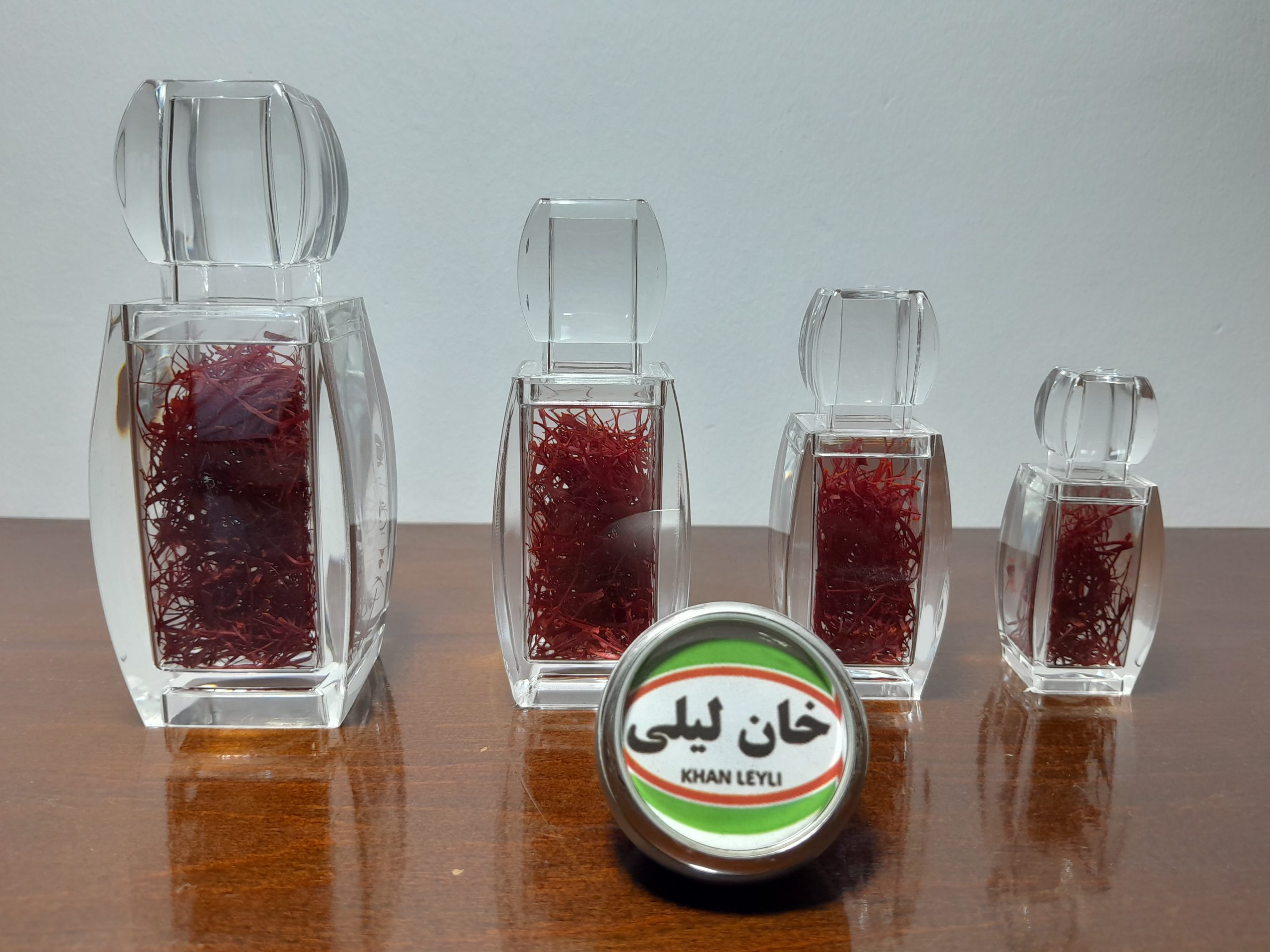
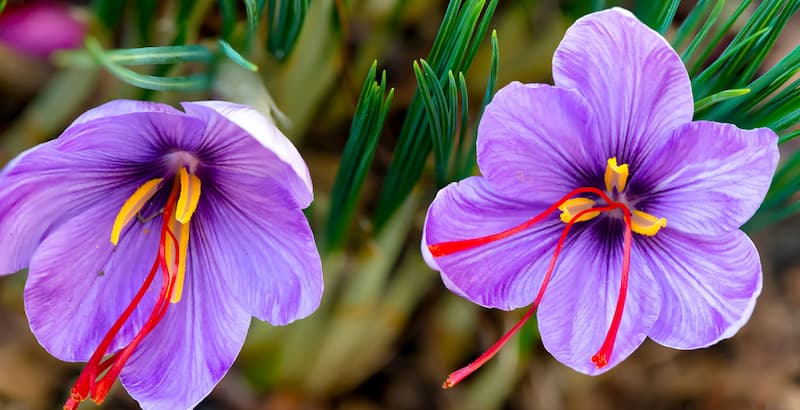
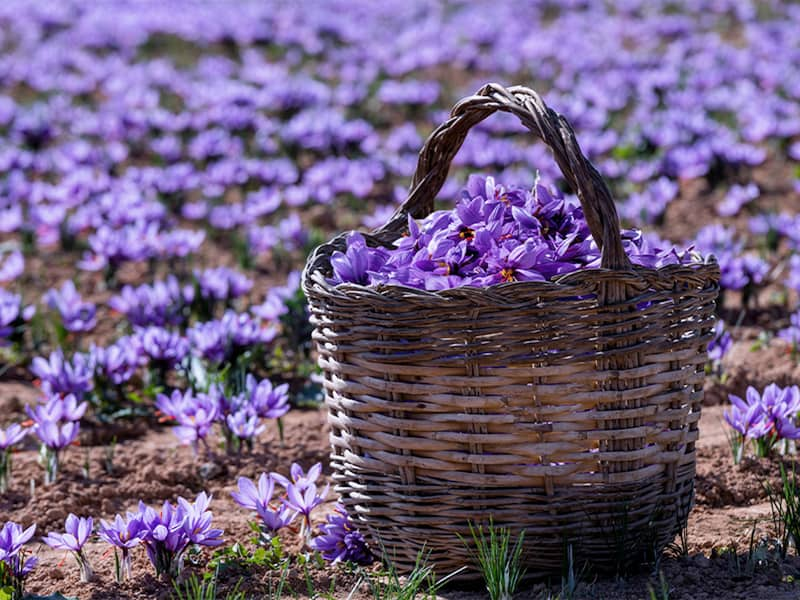
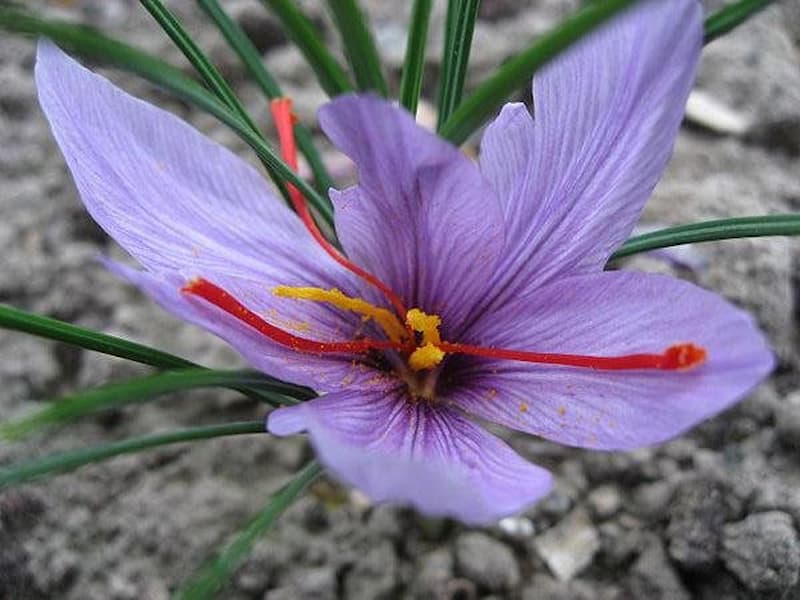
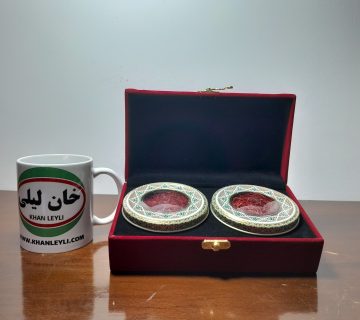
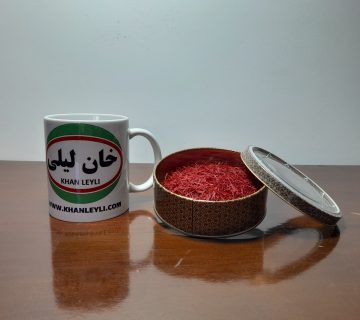
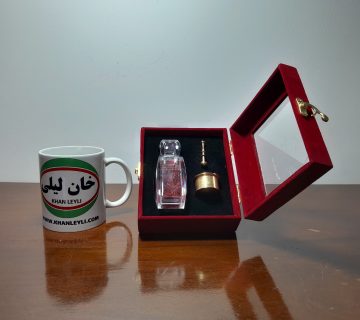
No comment